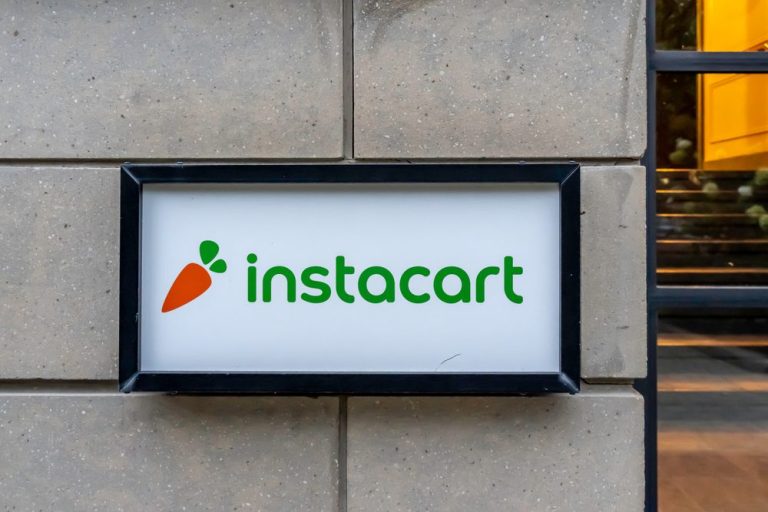
Instacart’s fourth-quarter profit and sales reportedly spiked ahead of its long-awaited public listing.
The grocery aggregator told employees this week that revenues jumped more than 50% in the final quarter of 2022, while gross profit climbed more than 80%, The Wall Street Journal reported Tuesday (Feb 28), citing an internal company memo.
Meanwhile, sources tell the WSJ that Instacart’s full-year revenue rose 39% to around $2.5 billion for 2022, while it processes $29 billion in overall sales, a 16% increase from 2021.
An Instacart spokesperson told PYMNTS the company had no comment on the report.
Instacart filed to go public last year via an initial public offering (IPO). However, the company reportedly put that plan on hold in October 2022 amid what had been one of the worst years for IPOs in more than a decade.
Like many delivery services, Instacart saw its fortunes blossom during the pandemic, but fall again when in-person shopping resumed.
According to the memo cited by the WSJ, Instacart has added new stores to its platform, introducing SNAP payments and expanding its Instacart+ membership. The memo also says the company is on target to generate more profitable growth and will emphasize expanding its core business while investing in areas such as Instacart Health.
The news came the same day that Instacart launched Instacart Business, which offers same-day delivery (as well as 30-minute delivery or discounted longer deliveries) of items ranging from office supplies to snacks.
The program will let business customers order from retailers that include Costco Business Center, Staples, Restaurant Depot and BJ’s Wholesale Club.
“With this move, Instacart takes a tip from restaurant delivery services’ diversification into business-to-business (B2B) sales, part of aggregators’ ongoing efforts to generate more use cases from their existing networks of drivers,” PYMNTS wrote.
Meanwhile, many independent grocers are looking for alternatives to Instacart, even as they build toward an eCommerce-focused future.
“In online grocery today, the biggest shift is from independent retailers relying on others in a way that is not sustainable and not profitable to independent retailers, taking the reins and taking control and investing in this channel, because of all the value that it can create,” Grocerist CEO Jeff Anders said in a recent interview with PYMNTS.
The grocery technology firm, which Anders also co-founded, recently debuted a solution for grocers on Shopify. It powers key online grocery processes such as picking and packing to allow grocers to move their delivery businesses and eCommerce presence as a whole off of third-party aggregators.